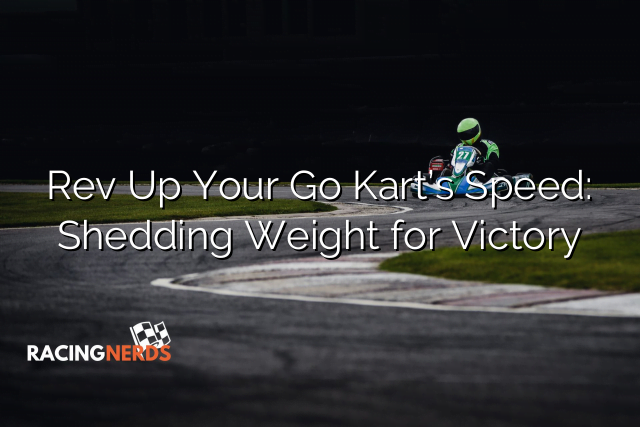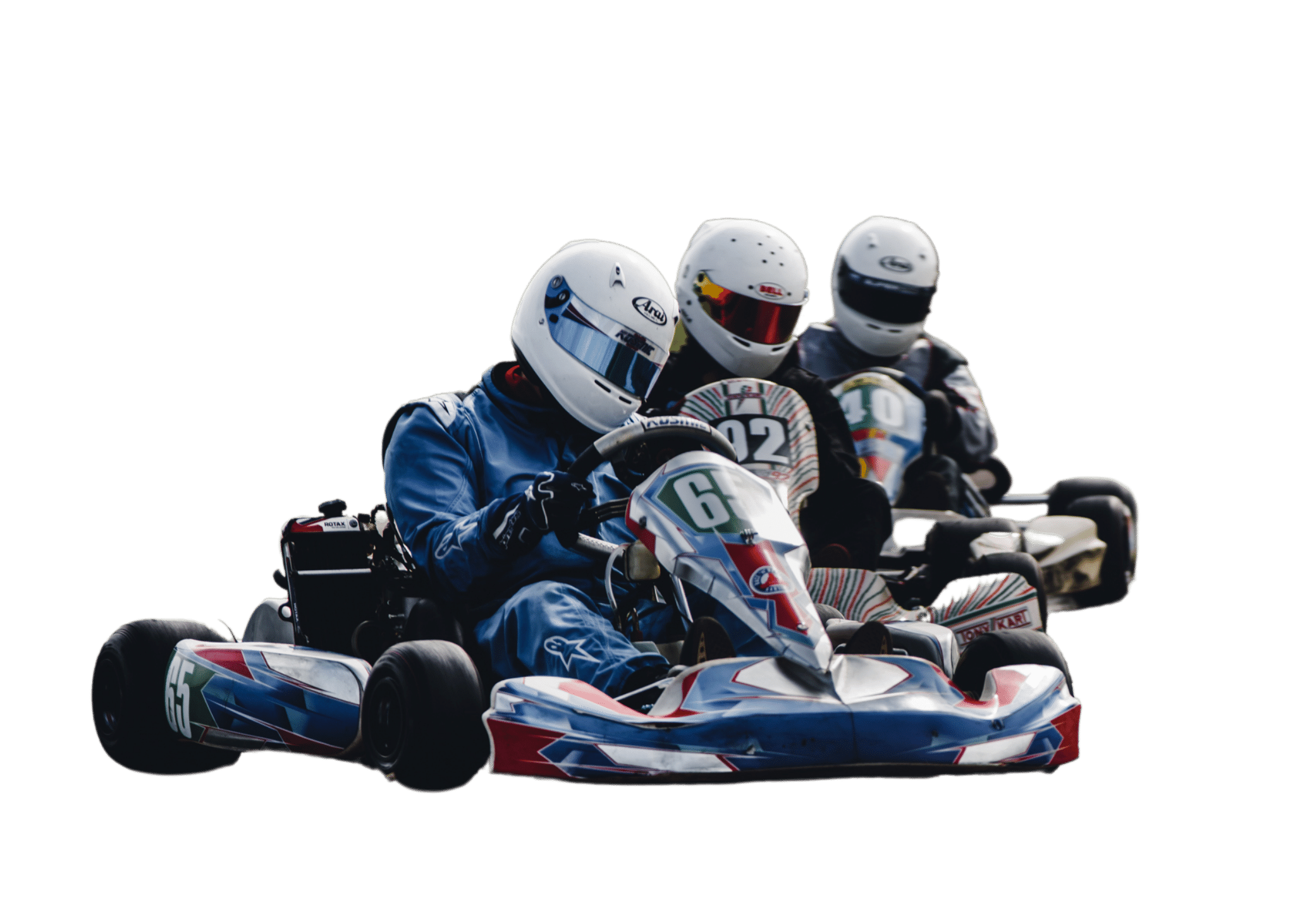
It’s not just hearsay; studies have found that for every 100 pounds reduced, a go-kart can gain up to 2 seconds per lap.
You’re constantly hunting for ways to trim the fat and push your kart to its limits, aren’t you? Imagine replacing your heavy lead-acid battery with a modern, lightweight alternative, or reassessing the necessity of that extra bearing that’s been tagging along for the ride.
You’ve likely pondered over the potential gains of upgrading to titanium fasteners, which may shave off critical weight without sacrificing strength.
As you sit there, suited up and ready to dominate the track, consider the subtle yet significant impact of your gear’s weight on your speed. You’re about to explore a world where every ounce matters, and the pursuit of a lighter kart could be the defining factor in your next race.
Stay tuned to uncover the secrets that might just give you the edge you need to cross the finish line first.
Switching to a lithium battery, which weighs significantly less than traditional batteries, can save you up to 1.8 kilograms on your go-kart, enhancing performance and agility on the track.
The benefits of lithium batteries extend beyond mere weight reduction. They exhibit superior charge retention and greater energy density, ensuring consistent power delivery throughout races.
Moreover, their life span typically exceeds that of standard lead-acid counterparts, translating into fewer replacements and lower long-term costs.
When conducting a cost comparison of lightweight batteries, it’s imperative to factor in their longevity alongside the initial purchase price. While lithium batteries command a higher upfront investment, their extended service life and performance benefits justify the expenditure, offering you a competitive edge in go-kart racing.
By removing the third bearing from your go-kart’s axle assembly, you can shed approximately 500 grams to 1 kilo, offering a straightforward weight reduction strategy.
The benefits of removing the third bearing on go-kart performance are not negligible. This action reduces rotational mass, allowing for quicker acceleration and more responsive handling. However, ensure you understand how to properly remove and reinstall the third bearing on a go-kart to avoid misalignment that can lead to increased tire wear and reduced performance.
| Step | Description |
|---|---|
| 1. Axle Removal | Carefully slide out the axle to access bearings |
| 2. Third Bearing Detachment | Remove the bearing, inspect the axle for wear |
| 3. Reinstallation | Align and insert axle through the remaining two |
Continuing the pursuit of a lighter go-kart, you’ll find that replacing standard nuts and bolts with titanium variants offers a weight-saving edge. The advantages of using titanium fasteners are rooted in their strength-to-weight ratio, which surpasses that of steel counterparts. Titanium’s lower density results in lighter components, contributing to incremental but crucial reductions in overall mass. Precisely, you’ll see a few hundred grams shed, optimizing weight distribution and potentially enhancing performance.
Analyzing the cost comparison of titanium fasteners vs regular fasteners, you’ll notice a higher upfront investment for titanium. However, the longevity and performance benefits can offset this initial cost over time. Strategically, it’s a calculated move to increase your go-kart’s competitiveness.
While removing the data logger from your go-kart may offer a modest weight reduction, it’s essential to weigh this against the potential loss of valuable performance data. The benefits of data analysis can’t be overstated:
Performance Optimization
Strategic Adjustments
Keep in mind, alternative uses for data loggers extend beyond the track. They can be instrumental in:
Maintenance Scheduling
Driver Development
Carefully consider the trade-off before opting to remove your go-kart’s data logger.
Considering the minimal weight savings versus the vast advantages of data analysis, you should also assess your race gear, as opting for lighter options can further streamline your go-kart’s overall weight. Choose race gear wisely to ensure it complements your driving style while also contributing to weight reduction. Save weight with gear selection that prioritizes materials offering strength without the bulk.
| Race Gear Component | Standard Weight | Lightweight Alternative |
|---|---|---|
| Helmet | 1.4 kg | 1.2 kg |
| Suit | 1.2 kg | 0.9 kg |
| Gloves | 0.25 kg | 0.15 kg |
| Boots | 1.1 kg | 0.9 kg |
| Rib Protector | 0.8 kg | 0.5 kg |
Shaving off extra grams, you’ll find that even streamlining the fuel load to match race length can significantly impact your go-kart’s weight and performance. Beyond the basics, let’s delve into some additional weight-saving tips:
Technical adjustments in these areas can lead to substantial reductions in your go-kart’s overall mass. By scrutinizing every component, from the bodywork to the chassis, you’ll not only shed unnecessary weight but also refine your go-kart’s dynamics, leading to a nimbler and faster machine on the track.
Your go-kart’s weight distribution influences its center of gravity, which directly affects tire grip and overall performance; improper balance can lead to handling issues and slower lap times.
When modifying your kart to cut weight, you mustn’t overlook safety standards and regulation compliance, ensuring each adjustment aligns with technical guidelines and maintains the kart’s integrity for both performance and safety.
Yes, you’ll find that material choices and aerodynamic design can notably boost your kart’s acceleration and top speed due to reduced drag and increased power-to-weight ratio.
To slice through seconds, you’ll need data logging for precision. Implement lap simulation to gauge each change’s impact meticulously. This technical, analytical approach ensures you measure weight reduction’s influence on times accurately.
You’ll face a durability debate and cost analysis with titanium fasteners and lithium batteries; they’re lighter but may require more frequent replacement, affecting long-term maintenance costs and your go-kart’s performance stability.
Now, you’re as streamlined as a falcon in flight, your go-kart trimmed of excess weight. You’ve swapped to a lithium battery, ditched the third bearing, and embraced titanium’s strength.
The data logger’s gone, your gear couldn’t be lighter, and each gram saved is a stride toward triumph. On the track, your precise adjustments translate to speed, proving that in the art of racing, it’s the meticulous, analytical shedding of weight that crowns champions.

